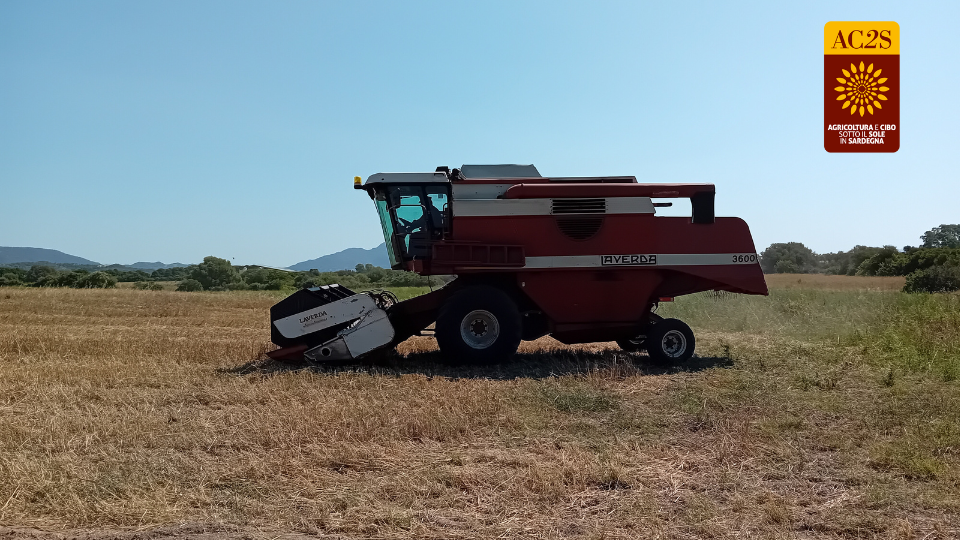A few weeks ago we told you about how precision agriculture is revolutionizing wheat cultivation. On that occasion, we also gave you some hints about one of our projects that we are pursuing: AC2S.
For those who missed it, let’s do a brief summary right away.
The AC2S project, an acronym for Agriculture and Food under the Sun in Sardinia, is a project that aims to transform the grain supply chain through a series of ambitious and interconnected goals. These include promoting active sharing of information and knowledge, adopting the latest ICT 4.0 technologies for field monitoring, and promoting sustainable agricultural practices through the use of biofertilizers. It also aims to recover and preserve local grain varieties, invest in conservation and quality analysis of raw materials, and create a blockchain to ensure traceability of products throughout the supply chain. It also focuses on quality control and ethno-historical and regulatory analysis to address current and future challenges.
Updates from the field…
In the previous article (that you can read here), we have listed there some of the advanced technologies that are being put to use in wheat cultivation. Some of them are also used in our project.
After the first few months, devoted of course to data collection, we started the testing phase!
We at Lifely, specifically, have been involved in multispectral surveys on these fields to get details on yields and treatments applied.
From April to June, we conducted monthly multispectral drone surveys to monitor the crop condition of crops.
In addition, we used satellite imagery to analyze crop trends in the three fields. This will allow us, in the coming months, to evaluate multispectral indices and create a classification dataset for predicting yield, grain quality, and possible problems encountered during the season.
The past few weeks, along with the Scuola Superiore Sant’Anna di Pisa,we began harvesting in the three fields involved in the trial. These are located in Pabillonis, Villanovafranca and Cabras (Sardinia), respectively.
In each field, after careful measurements and calculations, five wheat varieties were tested with the following four treatment combinations:
– Arbuscular mycorrhizae + Selenium
– Arbuscular mycorrhizae without Selenium
– Selenium without arbuscular mycorrhizae
– Control (without arbuscular mycorrhizae and without Selenium)
The AC2S project represents a significant step toward a more sustainable and technologically advanced future for wheat cultivation.
Stay tuned for updates.

